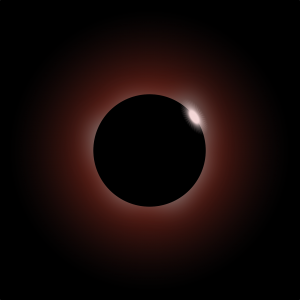Vamos a dedicarles 10 minutos del Viernes a leer en inglés, y a aprender vocabulario que seguro para muchos será nuevo.
Llevamos días escuchando hablar del Eclipse que tendrá lugar hoy, ¿pero sabemos si será visible en España?
Aquí tenéis el artículo publicado hoy para conocer la respuesta :
(http://elpais.com/elpais/2015/03/19/inenglish/1426781284_081391.html)
On Friday, shortly after 9am in the Iberian peninsula —and weather permitting— the skies will host a first-rate show that will be visible from all parts of Europe.
The new moon will cross in front of the sun, slowly hiding its disc to create a total solar eclipse for nearly three minutes.
While the best views will be from the Feroe Islands and Svalbard in the northern Atlantic Ocean, millions of people will see a partial eclipse in Europe, North Africa, northwest Asia and the Middle East (in the Americas, only the tip of Newfoundland in Canada will get a glimpse).
Europeans will not get another chance to see an eclipse of the sun again until 2026.
The Madrid Planetarium is organizing a viewing event for interested residents.
The total eclipse, which will begin in Greenland and end close to the North Pole, nearly coincides with the March 20 equinox that marks the beginning of spring in the northern hemisphere, resulting in “a high probability of aurora borealis formations,” said Miquel Serra-Ricart, a researcher at the Canary Islands Astrophysics Institute and a veteran eclipse “hunter.”
A solar eclipse occurs when the moon crosses between the sun and the Earth, projecting a shadow on a portion of our planet. Although the moon is much smaller than the sun, it is also a lot closer to us, so that they appear to be the same size when viewed from the Earth’s surface.
In the Iberian peninsula, the best views will be in the north: in the Gacilian city of A Coruña, 76 percent of the sun will be covered by the moon, while in Madrid it will be 67 percent and 64 percent in Barcelona, says the National Museum of Science and Technology.
By comparison, people in London will see 87 percent of the sun in darkness, while in Scotland and northern Sweden, Norway and Finland 97 percent will be covered.
In Madrid, the Planetarium is organizing a viewing event for interested residents. While the eclipse will start to be visible at 9.04am, when the moon begins to advance from the upper right-hand edge of the sun, the eclipse will climax at 10.08am.
Experts warn about the risk of watching an eclipse, either partial or total, without proper eye protection. They also note that popular homemade solutions, such as CDs or film, do not work and put people at risk of serious eye damage.
Adverse weather conditions this week mean that clouds could hinder direct views of the eclipse. Some early planners have already bought airplane tickets to beat the rainy conditions and view the solar eclipse from above the clouds.

